What can go wrong
There is also a tendency to listen to what people say instead of watching and learning from the swifts!
Wrong project, wrong place
There are some projects which have been a waste of time and effort due to a failure to consult. In 2000 one of the local councils adopted an excellent policy of putting swift nest boxes on its new schools. However, failure to consult lead to some strange results.
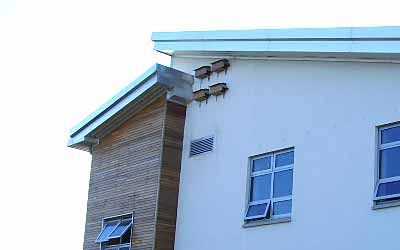

Wrong motive
It does happen that groups or companies want to “tick the box” for their conservation credentials, and decide that swifts would do the trick for them! In this case it may be that the locations or the designs or both are totally unsuitable. In one case a community group insisted that I was being obstructive when I would not help them to put up home-made swift nest boxes in trees in the local park – in an area where I have never seen any swifts anyhow! Swifts do not nest in trees in Britain ( with the exception of a spot in Abernethy Forest;) This is a problem, as generally people do not like being told that the pet project they found on a web-site is a waste of time and money.
There are projects which are more about waving a flag than about a concern for or an understanding of swifts.
Swift nest site design must have the welfare of swifts as its motivation rather than the gratification of humans.
How to avoid some obvious errors
- Try to make sure that the situation, location and design are suitable before even starting! Swifts in Britain nest in holes in buildings – or in nest boxes that mimic holes in buildings, and often within screaming distance of other swifts
- Always make sure that drawings and installation instructions are clear and unequivocal
- Even then it is important to check before it is too late! The swift nest sites do not have the same priority as the plumbing ( or judging from some of the things that happen, I hope they don’t, or there may just be some strange plumbing!) Of course there are architects and contractors who have a perfect grasp of what is required and produce the desired installation with no fuss, but it is surprising how often apparently silly mistakes are made!
So, if new nest sites are being purpose-made, try to check the construction before they are installed. Then try to check the installation before the scaffolding comes down. You may have to go to the site more often than you would like and even then do not assume all will go to plan, as architects and foremen will not necessarily prioritise the meeting about swift nest sites.

By the time the omission was noticed the scaffolding was down! Another recurrent theme – so try to ensure that you check that the construction is in accordance with drawings before the scaffolding comes down – not easy, as deadlines move about, you cannot be there every day and the contractor is not likely to think it is important to tell you about changed dates!
A recurrent problem
Entrance holes in the wrong place.
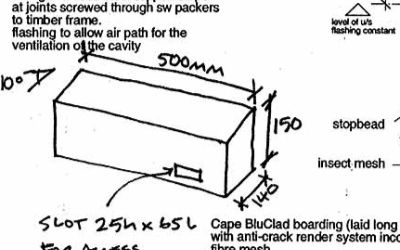
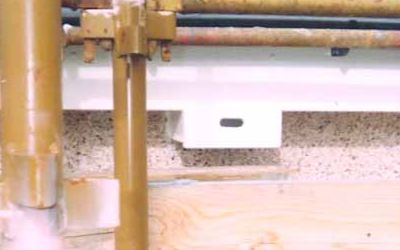
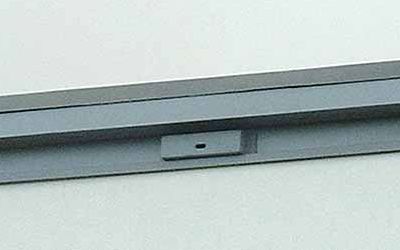
Location near to swift site
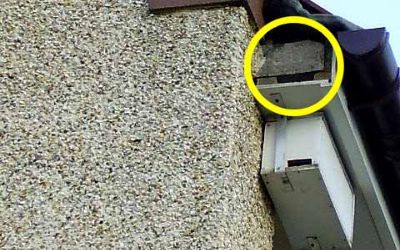
Fortunately the householder was an enthusiastic swift person, and got in touch. As a result it was possible to get a ladder and remove the end panel of the facing, and the swifts managed to nest in their old home!

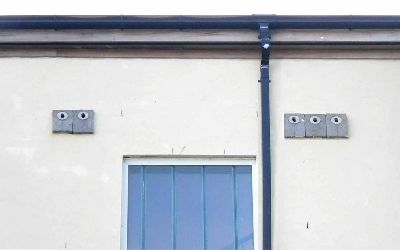
These are some obvious mistakes, but a less obvious miscalculation has been the choice of the “shoe box” style of box in Glasgow. This seems to have worked in other places, but so far none have been occupied in Glasgow – after about 18 years! Boxes with an overhang have been used by swifts.

UPDATE 2022: swifts finally gained access via top right hand corner (as arrow indicates)
